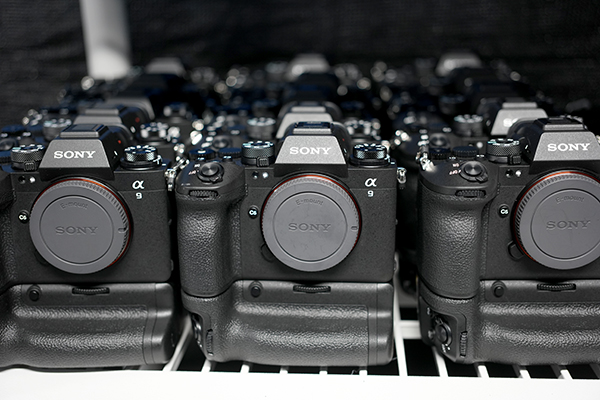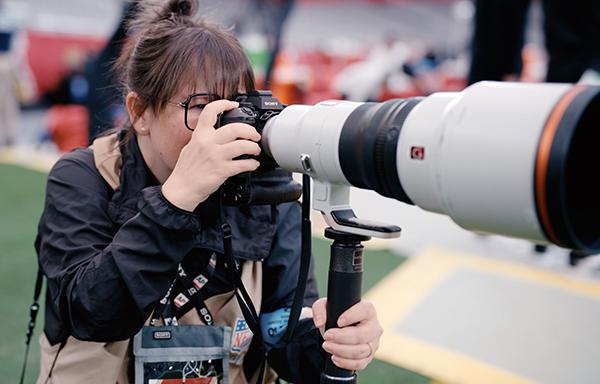I saw the new Next luxury collection IRL and can confirm it feels as expensive as it looks (without the designer price tag)
Next is the new go-to for quiet luxury home decor
 REAL ESTATE
REAL ESTATE
 REAL ESTATE
REAL ESTATE
 REAL ESTATE
REAL ESTATE
 REAL ESTATE
REAL ESTATE
 REAL ESTATE
REAL ESTATE
 EVENT
EVENT
 LANDSCAPE
LANDSCAPE
 LANDSCAPE
LANDSCAPE
 CONCERT
CONCERT
 LANDSCAPE
LANDSCAPE
 TRAVEL
TRAVEL

REAL ESTATE
Residential, Commercial, Interiors

LANDSCAPE
Landmarks, Cityscape, Urban, Architectural

FOOD
Hotels, Restaurants, Advertising, Editorial

PORTRAIT
Traditional, Glamour, Lifestyle, Candid

PRODUCT
Studio, Lifestyle, Grouping

EVENT
Conference, Exhibition, Corporate

FASHION
Portrait, Catalog, Editorial, Street

TRAVEL
Landscape, Cityscape, Documentary

SPORT
Basketball, Football, Golf

CONCERT

STILL

STREET
More than 240 Sony cameras will be in or near the Caesars Superdome covering Super Bowl LIX that pits the Kansas City Chiefs against the Philadelphia Eagles on February 9th in New Orleans, Louisiana. Kickoff is 6:30 p.m. EST.

Okay, it may be every other man’s fantasy to be the star of a world championship football game. For me? I daydream of being on the sidelines, outfitted with the cameras and lenses from the perennial winning team: Sony Alpha.
Look at the Starting Lineup
Included in the 240 cameras will be Sony’s professional broadcast models used by FOX Sports, the official broadcaster, and various Alpha interchangeable lens cameras and a horde of E-mount lenses. FOX will also have Sony BVM reference-level monitors on-site for color gradation, and will deploy Sony’s HawkREPLAY system for instant replays.

The Associated Press will have 14 photographers and 9 editors on-site at the Super Bowl using Sony equipment. The NFL’s in-house photography team “NFL Focus” will be using Sony Alpha gear as well.
FOX Sports
97 Sony HDC Series Broadcast System Cameras
1 Sony FR7 Cinematic PTZ Camera
3 Sony FX6 Full-Frame Cinema Cameras
1 Sony Alpha 7 III Mirrorless Camera
1 Sony VENICE 2 Digital Cinema Camera
Associated Press
55+ Sony cameras and a variety of lenses
NFL Focus Photography Team
8 Sony cameras and a variety of lenses
Funicular Goats (Super Bowl Halftime Show)
13 Sony VENICE 2 Digital Cinema Cameras
1 Sony VENICE Extension System
1 Sony BURANO Digital Cinema Camera (for ASL camera)

Sony Pro Support
65 Sony Full Frame Mirrorless Cameras
140 Professional Lenses including 14x 600mm, 10x 400mm, 6x 300mm super teles
Can you imagine being the equipment manager responsible for getting all of this stuff back after the game?

Going to the Game?
No one knows the number or brand of personal cameras fans will be wielding at the game, but we do know there won’t be any super-long telephotos or high-end camcorders used by amateur civilians. Among the prohibited items, according to the NFL’s website, are cameras with removeable lenses more than 6 inches long, selfie sticks and tripods. Also verboten are professional video/audio recorders (except for credentialed media).
What I’ll miss is the recurring firefly-like twinkle from the flashes of 1,000 disposable single-use cameras being snapped in the stands, 1,500 meters from the field. Hmm; that line could become haiku with a little work.
Mea Culpa — Not
This story is not sponsored by Sony — or anyone else. However, my long tenure at Minolta, and the abundant Minolta DNA in Sony Alpha products, do add a degree or two of tilt to my bias. That said, if you filter through the more than 550 stories I’ve written for Shutterbug over the past 20 years, you’ll find more articles covering Fujifilm, Nikon, Olympus, Leica, Pentax and other brands when compared to the paltry number that feature Sony.

Personal Conclusion
My skills as a sports-action photographer rate a solid 3 on a scale of 1 to 100 when compared to the immensely skilled professionals who cover the Super Bowl. This means I have just enough talent to help one assemble their tripod. I’ll never be one of the talented photographers who memorialize this star-studded event. But I can capture images I like with my aging Sony Alpha 7R II (a 42-megapixel beauty that’s a true bargain if you can find one). And that’s plenty good enough for me.
Want to Become a Better Photographer?
Begin by taking more pictures. Carry a camera everywhere you go and shoot even when you’re 100% sure the picture won’t turn out. Review all of your images with a critical eye and share them with others – and that includes posting the best on our Photo of the Day Gallery. Subscribe to our newsletter (see sign-up form on our homepage) and bookmark Shutterbug as a Favorite on your browser so you can check back often. We’re in this for the same reason as you – we love photography, and we’re learning more about it every day.
—Jon Sienkiewicz
Football action photos by Keith Johnston on Unsplash.
